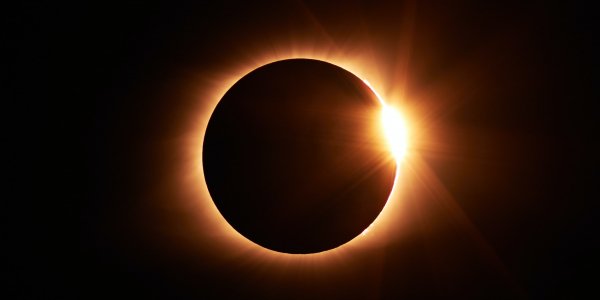Eclipses – What Is There To See? - St. Louis Astronomical Society Meeting
An eclipse occurs when the light from one astronomical body is blocked by a second astronomical body. An eclipse of the Sun occurs when and where the shadow of the Moon falls upon the Earth. An eclipse of the Moon occurs when the shadow of the Earth falls upon the Moon. An eclipse will be total if the shadow covers the entire body. The eclipse will be partial if only part of the eclipsed body passes inside the shadow. An annular eclipse occurs when the Moon’s shadow is too small to cover the entire solar disk, so that a “ring of fire” results at mid-eclipse. There will be an annular eclipse of the Sun on October 14,2023. The next total solar eclipse will occur on April 8,2024. Vivian White will talk about what kinds of views can be seen and what effects can be noticed during different types of eclipses
Vivian White has been an astronomy educator with the Astronomical Society of the Pacific for the last decade. She currently designs activities for amateur astronomers engaged in public outreach through the NASA Night Sky Network, a coalition of over 400 astronomy clubs across the US. Her first book, The Total Skywatchers Manual, was released in September 2015.
The St. Louis Astronomical Society is an organization for individuals interested in astronomy and telescopes. The public is invited to attend its meetings, telescope observing sessions, and special events. For more information about Astronomical Society events, please visit www.slasonline.org or call 314-962-9231. The event, cosponsored by NASA's Missouri Space Grant Consortium at Washington University, is open to the public free of charge.
McDonnell Hall is on the south side of the Danforth Campus, One Brookings Drive, St. Louis 63130. The closest parking is street parking on Forsyth Boulevard or the East End Garage. Parking is free for entry after 5:00 pm in yellow or visitor parking spaces only. For the Zoom link, please send a request to:

